Saga of 3 Rooftop Solar Power Projects: Success and Failure.
@ Barun Kr Basak, 1971 Mechanical Engineering
National Solar Mission:
The Jawaharlal Nehru National Solar Mission proposed by the then P.M., Dr M. M. Singh in 2010 had an initial target to add 20 GW by end of 2022. This target was completed and exceeded by 2018, four years ahead of the schedule. By 2015 the government led by P.M. Modi revised the target to 100 GW in a very ambitious strategy, including 40 GW from Rooftop Solar. Till August 2024, India achieved 89.43 GW as installed capacity. By end of period 2022-23, generation in Rajasthan reached 17 GW, Gujarat 9 GW, Maharashtra 5 GW, while the excessive unfriendly strategy of West Bengal was responsible for poorly 0.2 GW.
West Bengal Pollution Control Board Initiative 2019.
Apart from WBSEDCL and WBREDA taking some initiative to generate solar power in the state, the West Bengal State Pollution Control Board (WBPCB) had called tender in 2019 for installation of 50 nos. grid-connected Solar PV plants of 5/10 KWp capacity each on the roof top of government establishments, schools and such other public buildings for complete design, supply and installation and for 5-year free maintenance service. The Member Secretary (returned since to Aranya Bhavan, next door, as PCCF – Principal Chief Conservator of Forests) of WBPCB for previous 5 years was known personally to this author and sometime in 2019, offered to help him in setting up such grid-connected rooftop solar plants in connected organisations conditionally if these were working for welfare of communities. The author was associated with both I.P.H.E. at CK-58 and BEC Club at CK-14 and hence proposed projects for both of them. PCCF agreed if both could individually justify their community welfare work in two separate applications.
Proposals for 2 5KW Solar Plants.
With available information, the author had already earlier prepared in early 2019, a project profile and economics of the two grid-connected projects of 5 KWp capacity each, even before this help from PCCF was received. The purpose was about saving of at least around Rs.50,000/- from the then high annual Energy Bill exceeding Rs.1,00,000/- those days. The calculated economics showed a pay-back within 5.5 years with annual rate of about 19%. For rest of the life of solar plant of total 25 years, the electricity generated would have been free. Investments made even by withdrawal of Bank Fixed Deposits at mere @6% would have earned 3 times more revenue if put into solar power plant.
The simply hand written project profile with its economics was readily accepted during a series of presentations to senior officials at IPHE and received approval of its Executive Council very promptly. For this Club, however, reservations expressed by a couple of members held back the proposal
Installation at IPHE Headquarters.
Matters moved quite quickly for IPHE project, as an application explaining and justifying social and community work, duly approved by secretariat could be submitted to Chairman of WBPCB by adding a recommendation of PCCF (ex-Secretary of WBPCB). Some follow up was made by this author, before he went on a holiday trip to South Africa in Nov-Dec ’19. News reached him during this tour that the project of IPHE got approved and included in the list in the Order that the selected agency received from WBPCB.
Initial layout issues originating from the work manual of this Order resulted in splitting of the 16 panels of 325 W each into a small part to be housed on the rooftop of the staircase room and balance on the main roof terrace. This was soon resolved by this author meeting engineers at WBPCB office, and all 16 panels could be accommodated on the main roof terrace by adjusting the orientation marginally.
From March 2020 onwards, the project received a huge set back as COVID-19 lock-down set in. Even then communication and follow-up continued. Ultimately, after lot of delays, this 5 KWp grid-connected project got commissioned on 30.12.2020 with Secretary General of IPHE signing the new agreement with WBSEDCL on NET-METERING mode, which provides for same rate of export and import.
There was a cleaning water hose system provided in the project for washing the panels from dirt and dust, which got connected to the OHT outlet of the roof. Arrangement was made with the house cleaner for periodic water spraying with hose and cleaning/cooling of panels.
The entire Solar Power Project got installed at government cost from government budget and with practically no cash outflow of IPHE. The order of saving was found to be of the order of 800 – 1000 KWH per quarter at zero investment of IPHE. Annual saving of 4000 KWH is equivalent to Rs 40K.
Proposal to Club.
Exactly same project proposal was suggested to this club with same economics, with annual energy bill at that time being similarly more than Rs 1,00,000/-. The only difference being that the Club already got a structural partial shed constructed on roof terrace, which would not only save the terrace activity space but would raise the height of the panels without any possibility of shade coming in and making the panel fixing much more robust and convenient, just by having requisite modifications and reinforcements of the structure to suit.
The proposal in the Club was to be analysed and reviewed by a Structural sub-committee formed for the purpose and to recommend. Though there was no clear recommendation available, the proposal died its natural death. Apparently, some jealous minds played a nasty game behind. However, it may be stated that the Club lost a great project, the members were deprived of great savings potential, the neighbour missed a technical benchmark, the Earth and the Environment were the ultimate losers.
While under such deliberations and analytical phase, the WBPCB project plan was also available and was being pursued for IPHE project. PCCF (ex-Secretary of WBPCB) had sought for clear two justification papers from the two separate projects of IPHE and the club, for both to be considered for inclusion in the government list, under the same common leadership of this author. Club project could not finally be taken forward for a free solar project, as E.C. refrained from taking a truthful resolution.
Domestic Rooftop Solar Plant (RTSPV Phase-II)
RTSPV (Phase-II) grid-connected scheme was rolled down by WBSEDCL in January 2022, after West Bengal Electricity Regulatory Commission (WBERC) issued a gazette notification in 2021 for domestic residential and housing estates setting up their own plants on the roof. MNRE provided for subsidy on RTSPV channelized through WBSEDCL if the project was set up on domestic rooftop by the empaneled agencies following specified standards and procedures.
Further, for contracted demand load of 5 KVA or under, the mode would be NET-METERING where tariff of import and export were meant to be the same. In case of higher than 5 KVA contracted demand, however, the mode would be NET-BILLING where export tariff (gain for owner) is substantially lower than the going tariff of power supply (import).
Technological Upgradations Now.
There has been continuous development on the features and components of Solar Plants since 30.12.2020 when IPHE rooftop project was commissioned.
Polycrystalline modules have given way to Monocrystalline designs, nominal output of earlier 320 Watt per panel now generating 500-550 watt from the same size; therefore, the requirement of 16 panels each weighing about 30 kg, for 5 KW plant can be replaced nowadays by max 10 panels of same size. The roof load gets reduced significantly.
Today, panels are multi-faced even, with the slanted bottom surface receiving sunlight by reflection from properly painted bottom floor of roof.
Residential Project of the Author.
With the said developments available currently, 10 panels of same size as earlier but with 550 W capacity each were selected by the author to set up a 3-phase 5.5 KWp plant with reduced area and loading than the earlier 5KW project of 16 x 325 W configuration.
Due to some litigation in law court, WBSEDCL were not in a position to allow domestic RTSPV installation, even though this author was among the firsts in this state by applying on 08.01.2022 for the scheme launched on 01.01.2022. The “Go-Ahead” approval was duly received by the author and corresponding demand for one generation meter and an export-import meter was also paid up.
As the two-way power meter connection could not be established, a smart meter has been a necessity to provide a “zero export” logic to the Inverter so that generation of solar panels is regulated only to the extent of house demand at any instant. Thus, there is no export power ever generated.
While analysing the result and the benefits achieved from the installation, computation was first made for last two billing cycles of the residence which showed 15.8 KWH consumption per day on an overall average. At this time, even with occasional showers continuing, the average consumption in the household on this 3-phase meter the consumption is showing somewhere less than 4 KWH per day, which amounts to only 25% of the total previous consumption level – mostly for the night-time load with no solar power generation. In addition to reduction in consumption in terms of units, this level would further reduce the bill calculated on lower tariff slabs. The solar plant indeed saves a lot.
In order to seek remedy of the failed application, commitments, payments made, subsidy lost and enhancement of costs in between, prescribed procedures have been invoked by the author first in grievance cell, then to ombudsman and now at district consumer grievance redressal commission. It is expected that entire investment can be surely recovered by the time the judgement is delivered.
Conclusion.
The policy of India is stated both nationally and to the World. The Nation is committed to generation of Green Energy. No amount of backward pull can hold up Solar Power growth. A lesson for everyone.
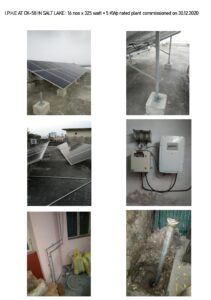
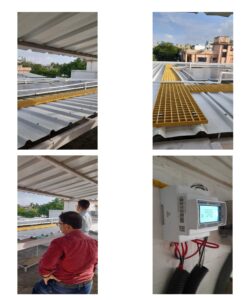 At CE-11 Salt Lake residence:
At CE-11 Salt Lake residence:
10 nos. x 550 watt = 5.5 KWp. rated plant put up in 2024
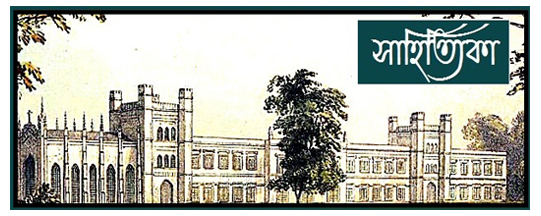
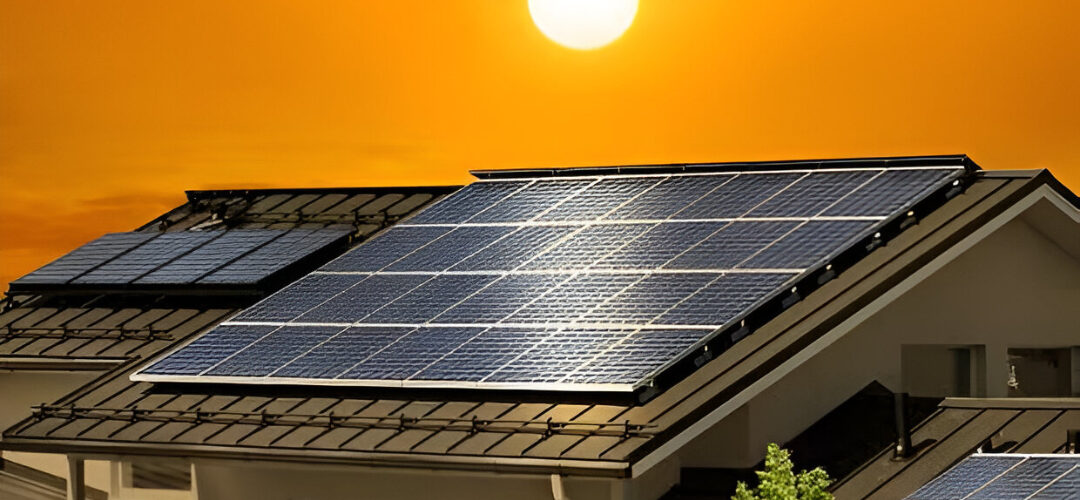

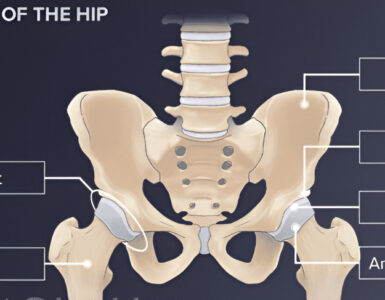









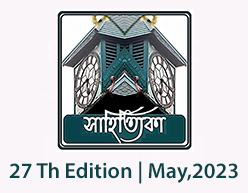
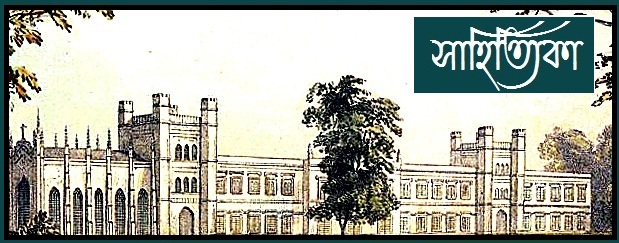
Add comment